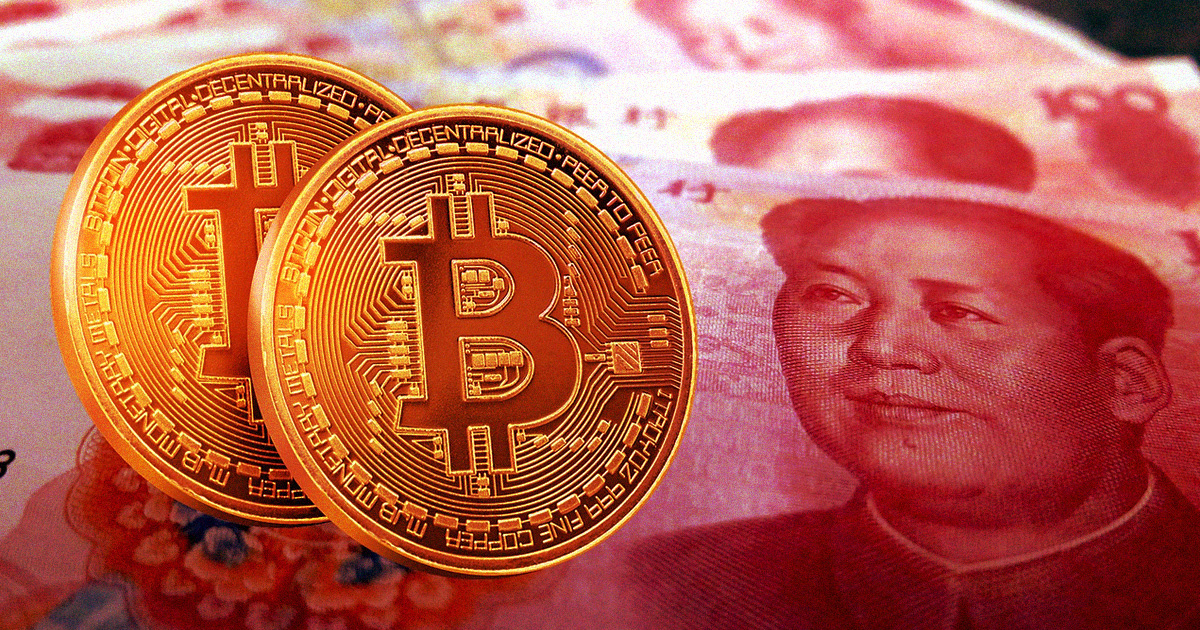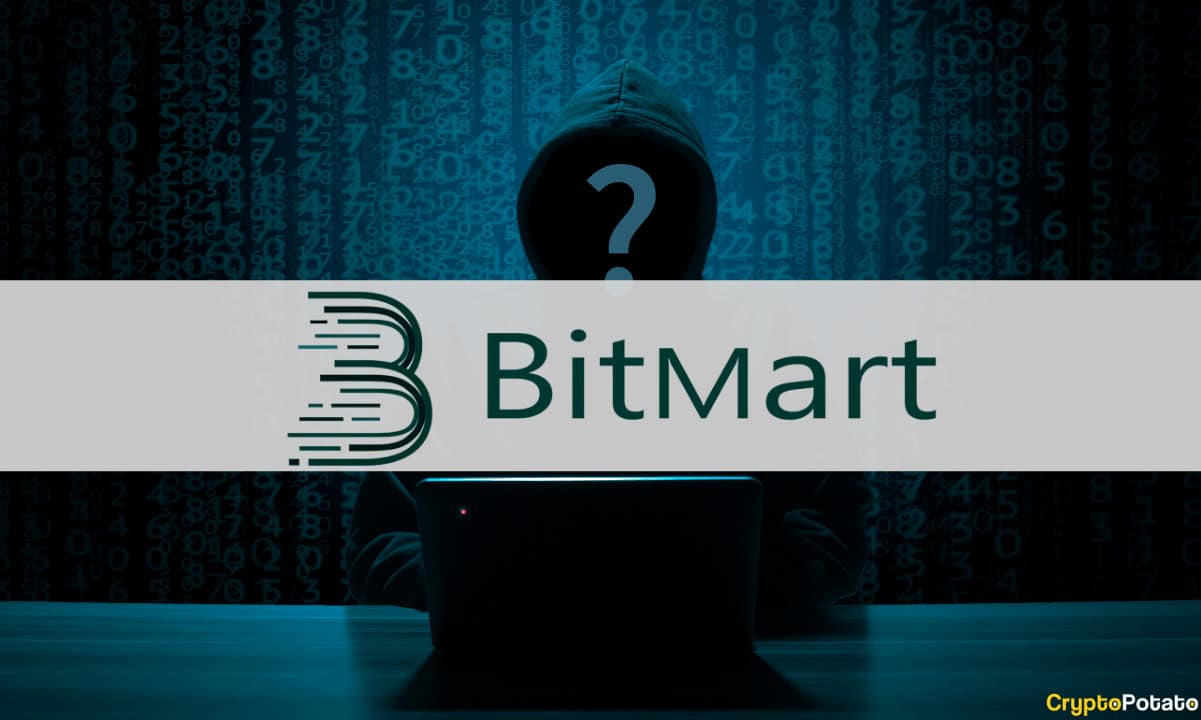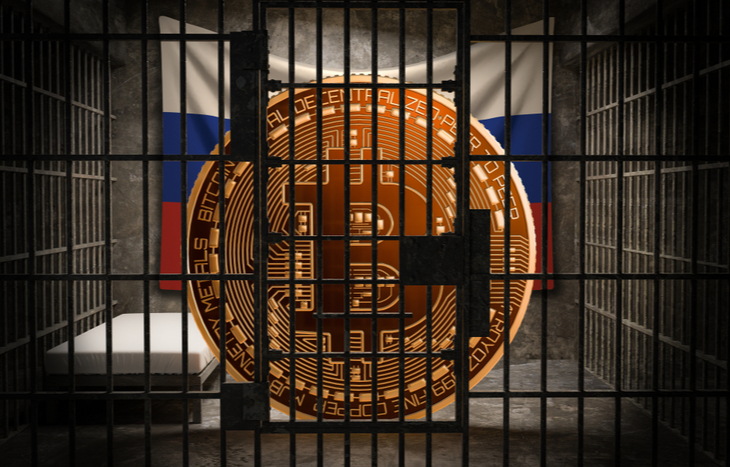Vertcoin is a proof-of-work cryptocurrency that was released on January 8, 2014. It is similar to Bitcoin and Litecoin, but offers additional features including an ASIC resistant proof-of-work mining algorithm and advanced privacy via stealth addresses. ASIC resistance is probably Vertcoin’s most defining feature, and while it may seem like a minor addition to the typical altcoin feature set, it actually has huge implications for the distribution and decentralization of the coin. Vertcoin’s goal is to remain a cryptocurrency asset owned by its users, not companies with industrial mining rigs that favor the pursuit of profit over progress.
How Vertcoin Works
Vertcoin is designed to resist ASIC mining hardware and multi-pool mining. This ensures transactions are validated by a widely distributed network and prevents large mining pools from devaluing VTC by indiscriminately flooding the market with freshly mined coins.
The coin was originally released with a Scrypt-N algorithm but was later forked into a Lyra2RE (v2) algorithm as a proactive defense against adapting ASIC miners. Vertcoin’s developers have pledged to take whatever steps necessary to protect Vertcoin from specialized mining rigs and make sure it will always be mineable on consumer-grade hardware. More forks will likely be initiated in the future to protect the network from new, more sophisticated ASIC miners.
Vertcoin Value, Market Cap and Volume
Vertcoin was released without a premine, ICO, or airdrop, which allowed for fair distribution. There is a maximum available supply of 84 million VTC coins. Vertcoin’s block time is 2.5 minutes, which is pretty fast for cryptocurrency standards.
The Vertcoin network uses Kimoto’s Gravity Well to re-target the difficulty of every block. The reward per block is halved after every 840,000 blocks (approximately 4 years). It was halved from 50 to 25 coins for the first time on December 12, 2017. This change caused Vertcoin’s market capitalization to increase significantly.
Vertcoin vs. Other Cryptocurrencies
Vertcoin improves on the features provided by Bitcoin, Litecoin and other similar cryptocurrencies as follows:
Decentralized Mining – This is Vertcoin’s top feature. The developers want to keep VTC mining fair, so they are preventing mining rigs with ASICs from working on the network and have pledged to keep it that way.
One-Click Miner – Vertcoin is developing a “1-click miner” feature to encourage anyone to mine VTC regardless of technical experience.
Activated SegWit – Vertcoin activated SegWit in 2017 to increase its block limit and allow the implementation of innovative features and second-layer solutions that further improve the network.
Lightning Network Implementation – Now that SegWit is activated, the developers are working on implementing the Lightning Network to provide users with near-instant transactions. Lightning will also make Vertcoin scalable and capable of processing millions of transactions per second across the network.
Stealth Addresses – The Vertcoin development team is working on adding stealth addresses to provide users with more privacy on the public ledger.
Cross-Chain Transactions – With the implementation of Lightning Network, users will be able to seamlessly exchange their VTC for BTC or LTC right from their wallets.
Buying, Storing and Selling Vertcoin
Vertcoin is traded on Bittrex (VTC/BTC), Poloniex (VTC/BTC), CoinEgg (VTC/BTC), LiteBit (VTC/EUR), YoBit (VTC/BTC), Bleutrade (VTC/BTC), and Bittylicious (VTC/GBP/EUR).
If you own VTC and are looking for a safe place to store them, there are several options, which include:
Core wallet – available on Windows, Mac OS X, and Linux.
Electrum – thin desktop wallet that works on Windows, Mac OS X, and Linux.
Coinomi – mobile wallet for Android. Support for iOS is coming soon.
Ledger Nano S – hardware wallet that supports VTC and several other cryptocurrencies. This is probably the most secure choice for the long-term storage of VTC.
The developers strongly recommend using the core wallet if you’re a VTC miner. The majority of miners on the Vertcoin network use P2Pool. It rewards VTC directly to the wallet, but the coins need to mature (101 confirmations) before they become usable. The confirmations put a lot of strain on the centralized servers of wallets like Electrum and Ledger. P2Pool also gives a lot of small payouts, which compounds the effect in a way that is similar to a Distributed Denial of Service (DDoS) attack. The problem is so serious, it led to the shutdown of the Vertpunk web wallet.
Liquidity of Vertcoin
Despite its noble goals, Vertcoin has had a low value for most of its existence. It saw tremendous growth after its block reward was halved. That growth has since stabilized, but Vertcoin’s value hasn’t gone back to pre-2017 lows. It has good market liquidity and will likely stay that way in 2018.








